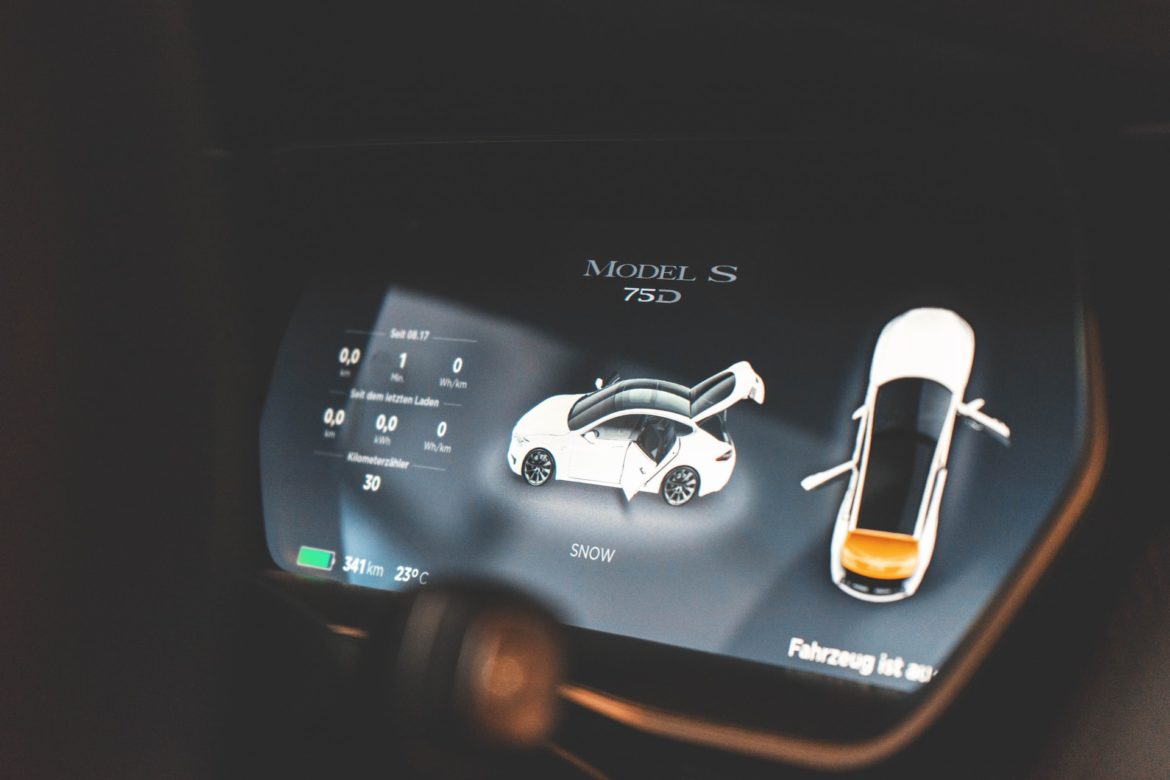Even as new car buyers are lagging behind used car buyer numbers, most drivers expect innovative new user experiences in automotive design. For the past 10 years, interfaces and interactivity inside vehicles has made driving a much more robust experience than ever before. It’s never been easier to call your loved ones, turn on the heat at home, and order dinner than it is now.
Here are just a few of the most powerful innovative improvements in the user experience of automotive design.
Affordable Electric Cars And Their Data
When electric cars came out to the market, they were heavy and expensive due to the low quality of batteries that existed at the time. Over time, battery components became much cheaper and so electric vehicles became more affordable. By 2030, there could be more than 120 million electric vehicles out on the road.
With electric vehicles come a completely new kind of user interface and user experience. Driving an electric vehicle is much different than driving a standard combustible engine vehicle. Most electric vehicles have single-pedal driving without the need to switch between gears and overall faster acceleration.
Because of all of this, the maintenance of one of these cars is much simpler. Because there’s no need for a complex system of gears and moving parts, there’s no need for as much upkeep.
With technology for other smart devices is developing at the same time as electric vehicles, a cohesive ecosystem is created around electric vehicles. Electric vehicles will offer a user experience with integrated systems for smart devices that can control appliances around the home and home office.
They collect data that can be shared between applications and with companies to pair products and services to offer better experiences to vehicle owners.
Smartphone Integration
One of the greatest user experiences of the last decade has been the way that vehicles now integrate with personal devices. With apps that connect phones to vehicles and vehicles to phones, driving is easier and safer.
Hands-free integration of phones with vehicles allows users to call up a name in their address book over the vehicle’s built-in audio system. The screen will display the name and number of incoming calls. In many cases, the calling can be done with buttons embedded on the steering wheel or completely hands-free.
It was also only just a few years ago when GPS systems were the hottest addition to a new vehicle’s console. These expensive systems cost extra and required a lot of separate information entered to get where you wanted to go. With smartphone integration, it’s easier than ever to get around.
With all of the additional screens now being added to vehicles, family trips require the extra step of setting up entertainment. Entertainment can be easily set up with the interfaces now available in new vehicles. This user experience allows kids in the back to be entertained on long trips while parents listen to music or converse up in the front.
Self-Driving Cars
With cars now being able to drive themselves, the whole experience of being behind the wheel just has to be different. Self-driving technology is embedded in more cars than you might realize. The ADAS or Advanced Driver Assistance Systems that include adaptive cruise control and automatic parking help to warm up drivers to fully autonomous vehicles.
While we might be some years off before we see fully automated vehicles, modern vehicles are ready. The biggest problem they’ll have is communicating with one another.
As these items are rolled out, automakers have the chance to teach their customers about just what this technology can do. Trust and safety are the number one experience that drivers need. Once drivers test these systems to handle things, they might be able to allow themselves to be driven around.
This could end up offering positive experiences when it comes to safety and ending driver fatalities. So many accidents happen because of drivers being intoxicated or fatigued which would be completely eradicated with driverless cars.
Car Ownership Completely Changes
While car ownership used to all about solitary autonomy and independence, car driving and ownership have completely changed. The number of individual car owners who now use their vehicles to cart around goods or drive around strangers has completely changed the marketplace.
There are even peer-to-peer applications that let owners of vehicles rent out their vehicles. ZipCar allows people who pay for a membership to rent out cars in increments of 30 minutes. This kind of expanded mobility allows users the mobility experience that works for their own lives.
This creates a completely different user journey than ever before. The kind of shared mobility now possible has changed the world.
Whether they’re booking a ride or dropping off their car for pickup, each step of the way requires a prediction of all of the possible experiences and problems. With the help of engineers and user feedback, there are innovative experiences never imagined. As the demographic of people who are not interested in owning a car full time grows, there needs to be a special experience that makes sense to their needs.
Whether it’s the way keys, consoles, or parking works, the whole industry in and around automobiles is changing.
Automotive Design is Changing How We Live
With so much of this world built around the way we travel, changes to vehicles themselves have a profound impact on our daily lives. Whether we own or share vehicles, we can expect a safer and more connected experience with better automotive design.
